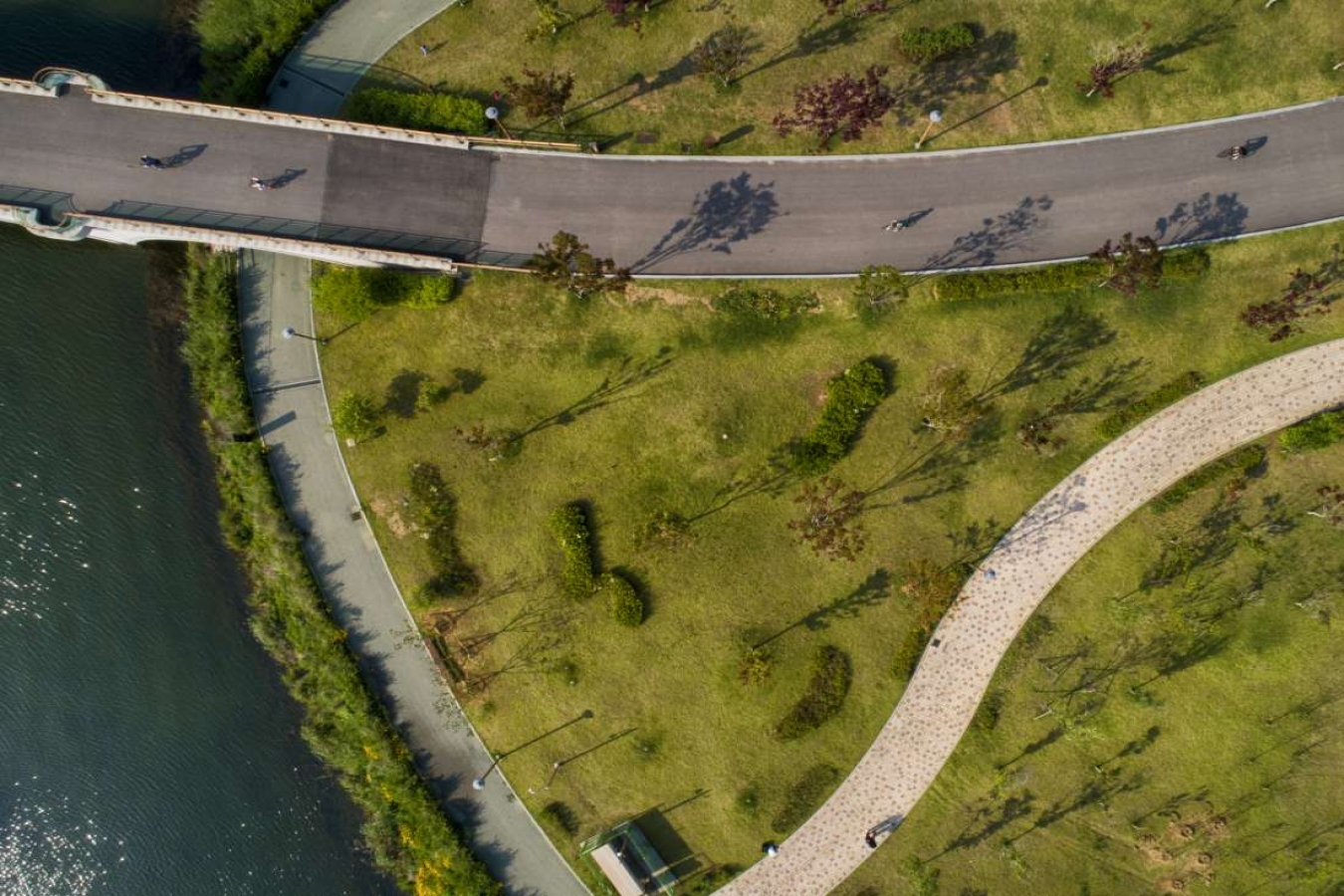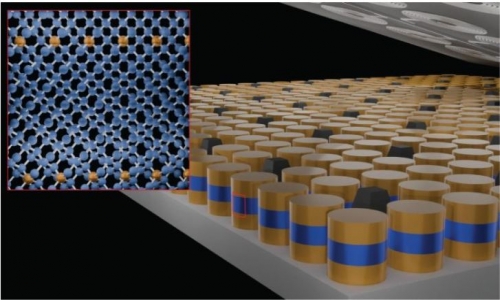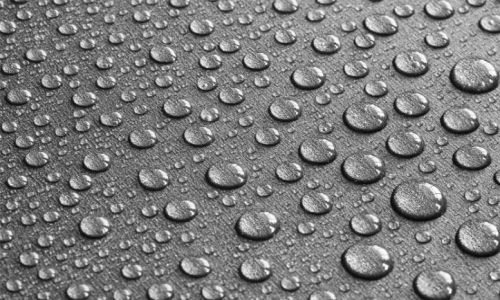


 3:14:5
3:14:5  2019-12-03
2019-12-03  1324
1324

More and more studies are emphasizing the importance of green spaces for longevity. New research adds an important nuance to the mounting evidence — the shape of these parks also plays an important part in staving off mortality risk.
Medical News Today have just reported on the most comprehensive analysis to date of the link between green spaces and mortality.
A review of nine longitudinal studies covering seven countries, 8 million people, and up to 22 years of follow-up concluded that green urban spaces could definitively boost longevity for the residents surrounding them.
Other benefits of living next to green spaces include better mental health, potentially healthier compositions of the gut bacteria, and fewer unhealthful cravings.
But, when it comes to staving off premature mortality, does the shape of the parks matter?
This is the question that Huaquing Wang, an urban and regional sciences doctoral researcher at Texas A&M University, set out to answer together with Lou Tassinary, a professor of visualization at the same institution.
"Nearly all studies investigating the effects of natural environments on human health are focused on the amount of a community's green space," say the researchers, explaining the motivation for their study.
"We found that the shape or form of green space has an important role in this association," they add. The findings appear in the journal The Lancet Planetary HealthTrusted Source.
Studying parks' shapes and mortality
Wang and Prof. Tassinary conducted cross-sectional statistical analyses of Philadelphia land cover using high resolution images from the Pennsylvania Spatial Data Access database.
The researchers calculated the "greenness, fragmentation, connectedness, aggregation, and shape of greenspace [...] using Geographical Information System and spatial pattern analysis programs."
To examine mortality rates, the scientists looked at cause-specific mortality, such as deaths caused by heart disease, respiratory illness, and neoplasms, as well as at mortality from any cause.
The team examined the link between the landscape spatial metrics that they have calculated, on the one hand, and mortality, on the other. They also controlled for potential confounders, such as geographic location and socio-economic factors.
As part of the study, the researchers analyzed 369 "census tracts," which are small geographical areas with a population of up to 8,000 people.
More complex shapes — fewer deaths
Over 1 year in 2006, 14,700 deaths occurred in Philadelphia, PA.
Although modest, the researchers found a statistically significant association between the shape of the green spaces and the risk of mortality.
Namely, they found that green spaces with irregular shapes are associated with a lower risk of mortality than square-shaped parks.
While no shape, in particular, was associated with fewer deaths, Wang says, there was an indication that the more complex the shape, the lower the mortality risk.
"[M]ore connected, aggregated, coherent, and complex shape green spaces" were associated with fewer all-cause and cause-specific deaths, write the authors.
"The overall amount of green space alone is probably failing to capture significant variance in local health outcomes and, thus, environment-based health planning should consider the shape, form, and function of green space," they add.
"Our results suggest that linking existing parks with greenways or adding new, connected parks might be fiscally accessible strategies for promoting health," write Wang and Tassinary. They go on:
"[O]ur findings showed that the complexity of the park shape was positively associated with a lower risk of mortality. This association might be attributable to the increased number of access points provided by complex shape green space."
However, they note that more research is necessary to understand the mechanisms behind these associations.
"Our findings bring us closer to understanding the mechanisms underlying the protective effects of green space on mortality," say the two researchers.
Reality Of Islam |
|

For years,

New scienti

This is the

A computer
 9:3:43
9:3:43
 2018-11-05
2018-11-05
10 benefits of Marriage in Islam
 7:5:22
7:5:22
 2019-04-08
2019-04-08
benefits of reciting surat yunus, hud &
 9:45:7
9:45:7
 2018-12-24
2018-12-24
advantages & disadvantages of divorce
 11:35:12
11:35:12
 2018-06-10
2018-06-10
 6:0:51
6:0:51
 2018-10-16
2018-10-16
 8:25:12
8:25:12
 2022-03-09
2022-03-09
 4:26:43
4:26:43
 2022-02-21
2022-02-21
 2:5:14
2:5:14
 2023-01-28
2023-01-28
 10:43:56
10:43:56
 2022-06-22
2022-06-22
 8:4:21
8:4:21
 2022-01-08
2022-01-08
 5:58:12
5:58:12
 2021-12-18
2021-12-18
 7:59:14
7:59:14
 2018-06-21
2018-06-21
 5:41:46
5:41:46
 2023-03-18
2023-03-18
| LATEST |